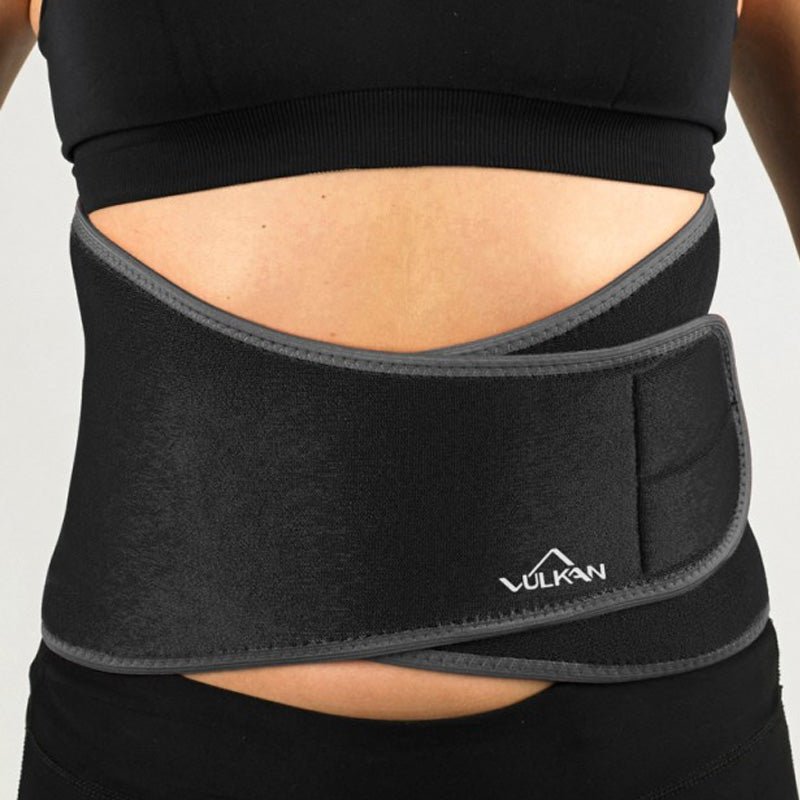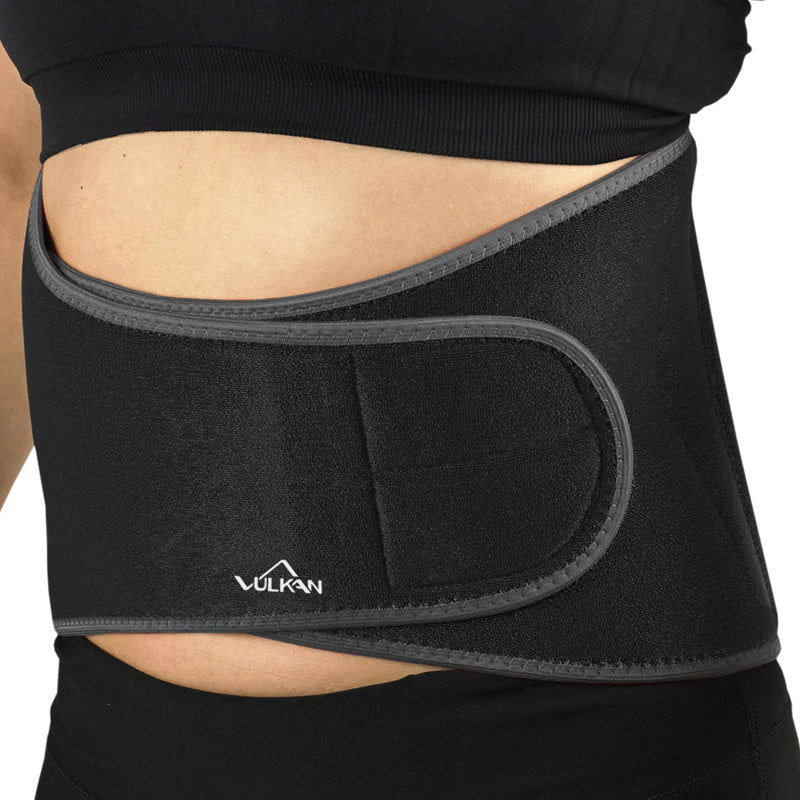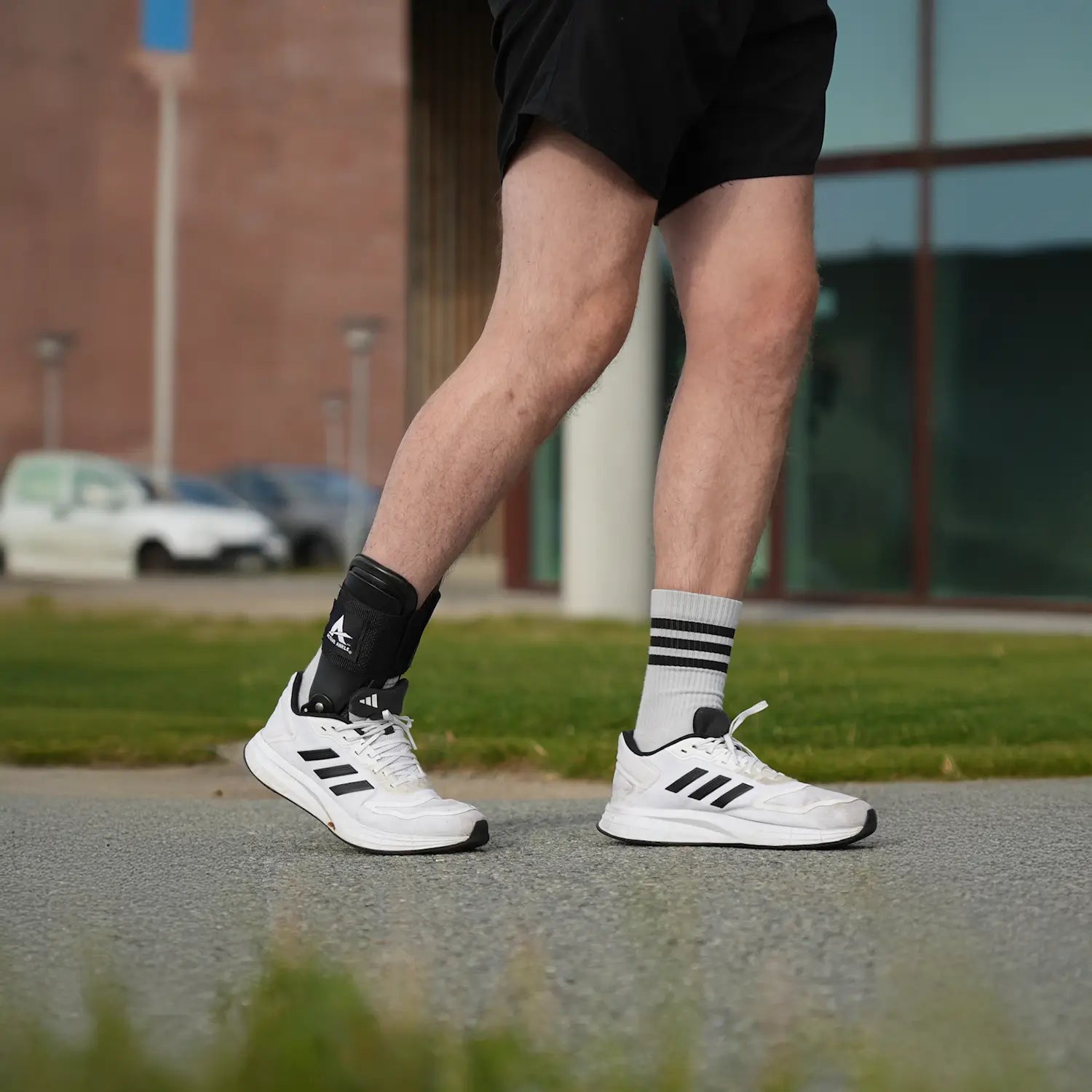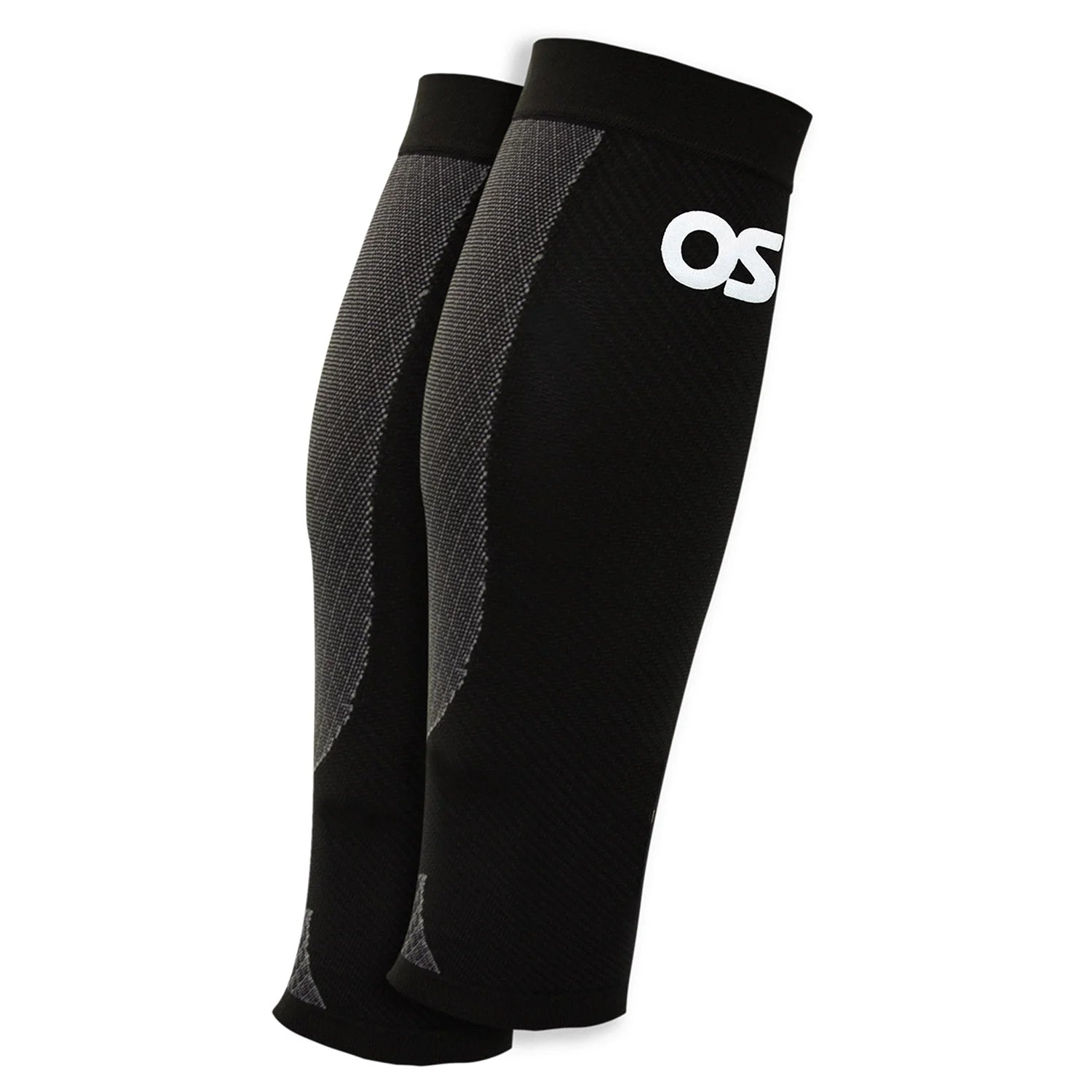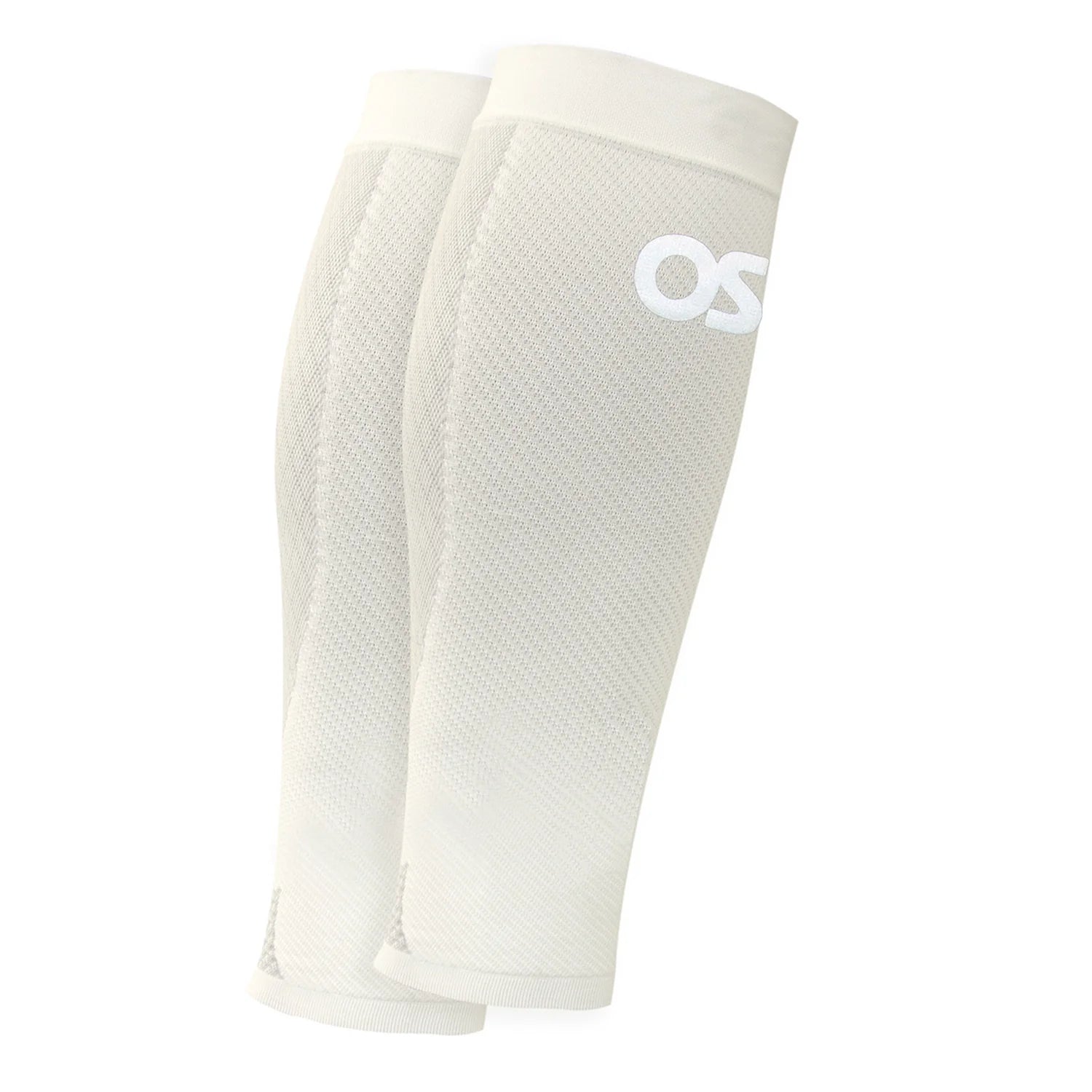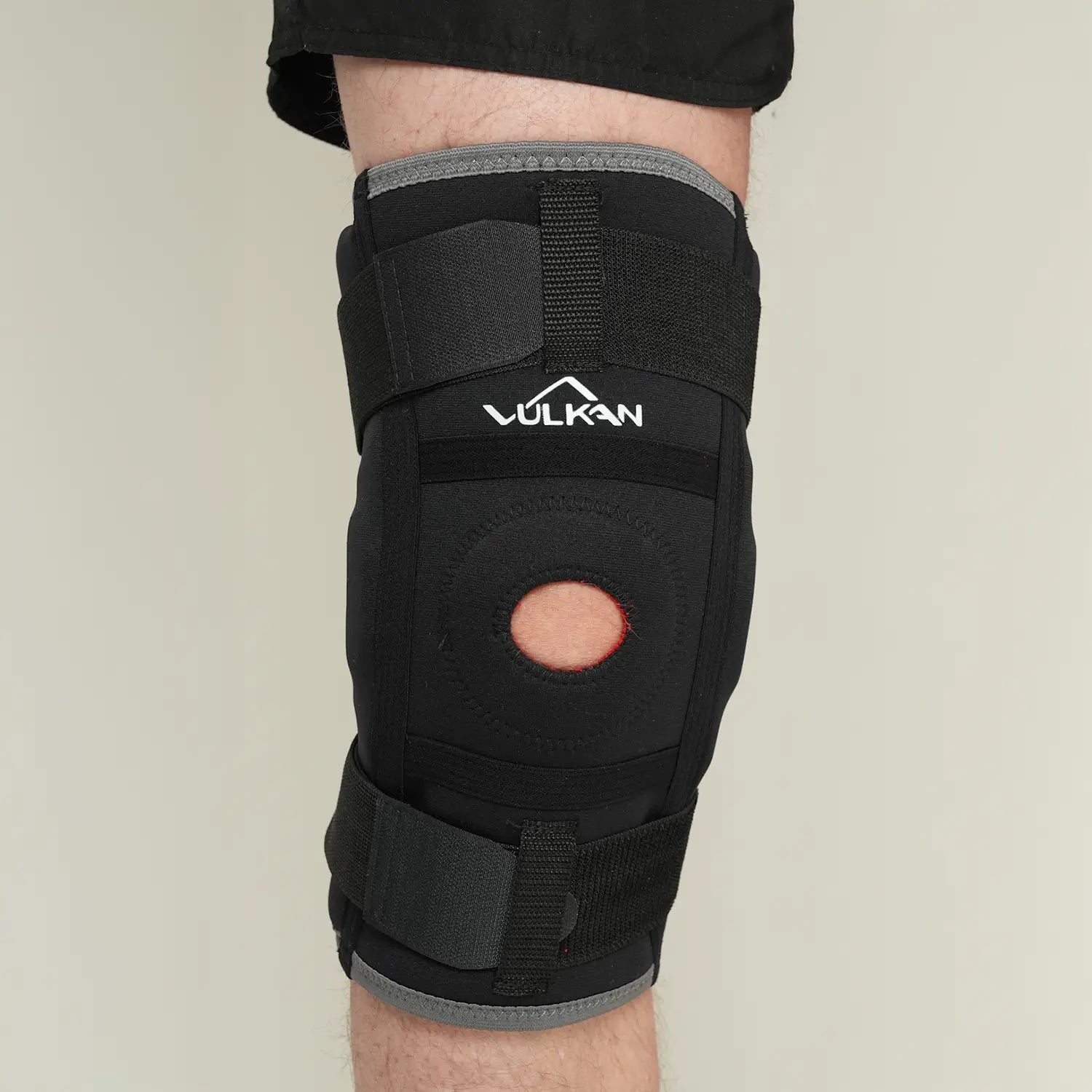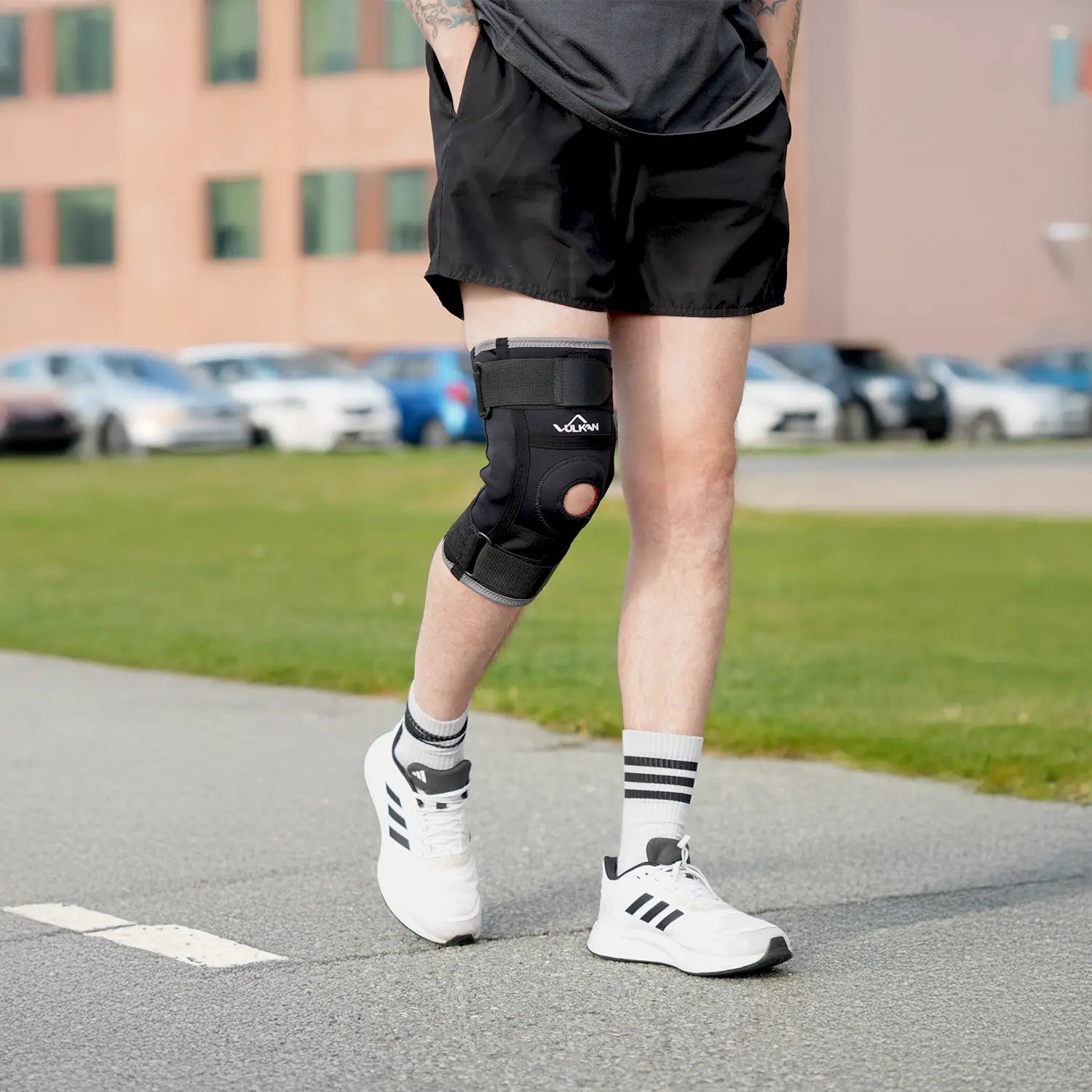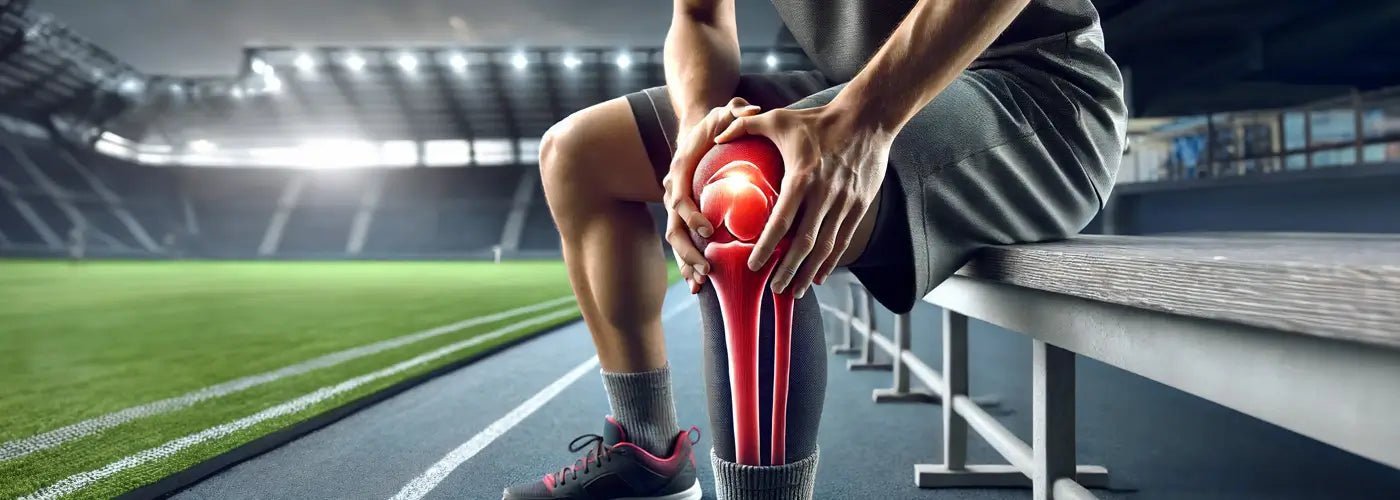
Kneecap dislocated
Content description
How do you know if a kneecap has dislocated?
When a kneecap is dislocated, called a patellar luxation, it is common to experience intense pain and uncertainty about how to act. The injury is most common in active people and younger people, but can affect anyone with a heavy fall, twist or direct blow to the knee. In addition to the acute pain, it is important to think about how to best protect the knee and minimize the risk of future problems.
The first sign that your kneecap has dislocated is often a sudden, severe pain in the front of your knee. The knee swells up quickly, it feels unstable and sometimes it is difficult or impossible to put weight on the leg. In many cases, you can clearly see that the kneecap is crooked, usually on the outside of the knee. You may also experience that the knee is folding under you or that it “hooks up”. It is not uncommon for the kneecap to spontaneously snap back, but sometimes you need help.
In this type of injury, it may be wise to immediately use a custom knee brace that provides stability and protection for a dislocated kneecap.
When and where should I seek care?
If you suspect that your kneecap has dislocated, it is important to seek medical attention immediately. You should contact a health center or emergency room, especially if you:
- Unable to support the leg.
- Has a lot of pain and severe swelling.
- You notice that your knee is crooked or you can't move it normally.
Getting the right help quickly can help your recovery. In the meantime, you can use a knee brace with kneecap support to stabilize your knee and reduce the risk of further injury.
Treatment
The healthcare provider will first examine your knee and possibly take an X-ray to rule out other injuries. The kneecap is then put back into place, sometimes with the help of anesthesia. This is followed by a period of rest and rehabilitation, where it is important to give the knee the best possible conditions to heal.
Support in the first time
In the first weeks after the injury, it is common to use a stabilizing knee brace or orthosis to relieve and protect the kneecap. With us you will find various knee braces for your kneecap that both provide support and at the same time allow mobility for rehabilitation. Many people also receive crutches to avoid putting too much weight on the leg too early.
Sometimes surgery is needed
In some cases, for example if you have repeated dislocations or if there is damage to the ligaments or cartilage, surgery may be needed to stabilize the kneecap. This measure is decided by an orthopedic surgeon after examination.
What can I do myself?
Your own efforts are crucial for the knee to recover and reduce the risk of new dislocations. Start by following the advice you have received from your healthcare provider and resting your knee properly for the first time. When the swelling and pain have decreased, it is time to gradually start with rehabilitation exercises. It is also very important to use knee pads when returning to everyday activities or sports - you can find good options at rehcore.com.
How do I prevent new injuries?
To prevent your kneecap from dislocating again, remember to:
- Train strength in your legs and thighs, preferably with the support of a physiotherapist.
- Use knee pads or orthoses during risky activities.
- Practice balance and stability regularly.
- Avoid sudden torques and excessive load before the knee is fully recovered.
Using the right aids and continuing to train your strength even when your knee feels better is important to reduce the risk of recurrence and give your knee the best possible conditions going forward.
Recommended products
How do I know if my kneecap has dislocated?
You often experience sudden, severe pain and your kneecap may become crooked, usually to the outside. The knee swells quickly, feels unstable and sometimes it becomes difficult to bend or support the leg.
What should I do immediately if my kneecap dislocates?
Try to rest and avoid putting any weight on the leg. Stabilizing knee braces may help. Seek emergency care so a doctor can examine and reposition the kneecap if necessary.
Do I always need surgery if I have dislocated my kneecap?
No, surgery is only required for repeated dislocations or if there is other damage to the ligaments or cartilage. Most people recover with rest, rehabilitation, and protection.
Can the right knee brace prevent new dislocations?
Yes, a custom knee brace for the patella provides extra stability during activity and can reduce the risk of the patella dislocating again, especially during rehabilitation and return to training.






